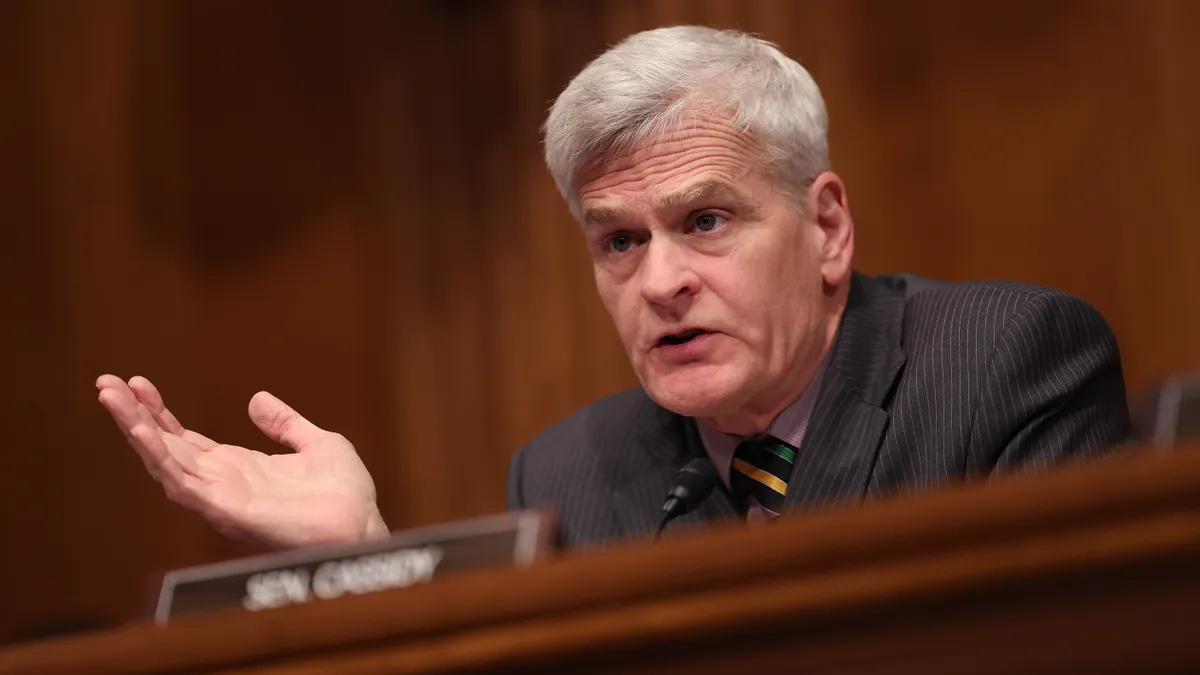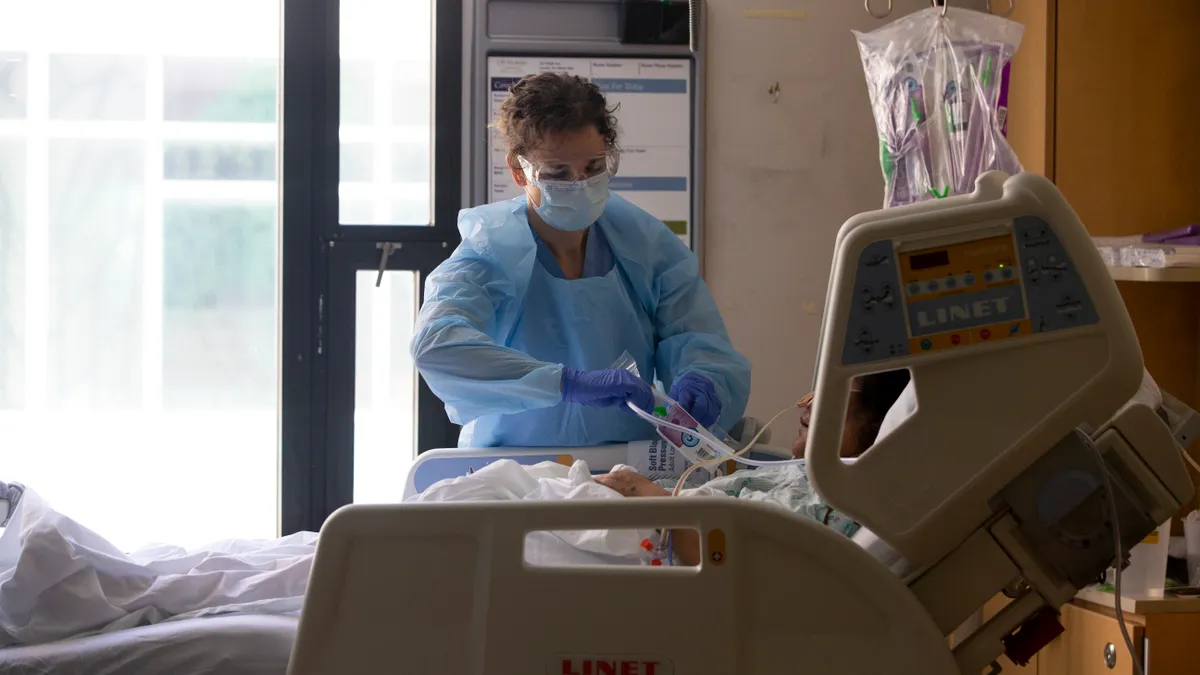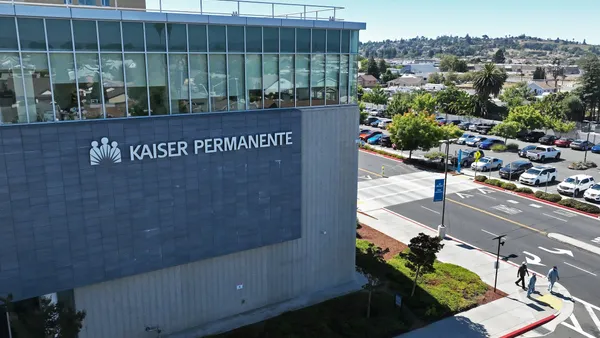Sen. Bill Cassidy, R-La., is a physician and ranking member of the Senate Committee on Health, Education, Labor and Pensions.
We are witnessing a transition point in medical research. The emergence of mass data collection and artificial intelligence-driven analytics is beginning to supplement and may eventually supersede a historical dependence on in-person studies and clinical trials. These innovative tools have incredible potential to develop scientific breakthroughs that save lives.
However, with these advances come significant challenges that threaten a patient’s control of their health data. This is exacerbated by an outdated legal framework ill-equipped to address these issues.
Patients who participate in clinical trials consent to their participation and the use of their data. In many trials, participants are even offered payment to participate. This framework is widely successful in balancing the need for innovation and protecting the rights of patients to control how their data is used.
The Health Insurance Portability and Accountability Act, or HIPAA, created clear guidelines for how certain health data must be used and protected. It established that patients have control over their identifiable health information in the marketplace and protects their data privacy. I led recent efforts to reinforce that patients must have access to their own data, which were enacted in the 21st Century Cures Act.
Technologies like smart watches and digital “apps” that Americans use every day are able to record information about their users previously not possible outside of the examination room. The issue is that HIPAA is almost three decades old, and does not apply to information collected through these means. Individuals have no protections written in law over how their data is used. Their data can be collected, batched and sold by data brokers to buyers for any purpose.
This gap in the law is concerning and creates a clear market failure. Patients should control who has access to their health data and how it is used. Congress should collaborate with relevant agencies and stakeholders to establish a framework to address this market failure and foster a healthy marketplace.
To do this, Congress should also ensure patients are able to receive fair compensation for their contribution. This can be in either an upfront payment for participation, a payment based on the eventual success of the research product, or any other arrangement agreed to by the developer and the participant. These kinds of arrangements naturally form in a healthy market, but that is not what we have currently.
Others have recognized the need to address this issue. The U.S. should not fall behind. The EU is in the process of implementing a framework to give individuals control over their data recorded by medical devices and wearable technologies. The system also allows individuals to decide if they want to enter into arrangements to share their information with third parties. We should examine the effects of the EU framework and look at where it succeeds and where it doesn’t.
Fortunately, there are also other innovative technologies, like blockchain that can store digital information and transactions to allow developers to comply with new requirements while not hindering innovation or causing outsized administrative burden.
Blockchain could create a simple mechanism that allows patients to give or reject consent for their data to be used in medical research. It could also be tied to a payment wallet that would allow developers to easily deposit money to participants directly without deanonymizing the data.
It is vital that any new regulatory structure from Congress continue to facilitate innovation without inhibiting development of lifesaving treatments. Patients who suffer from life-threatening and debilitating conditions depend on it.
However, inaction by Congress to update existing health privacy laws in response to modern technology robs Americans of ownership of their own health information.
A balanced approach that protects patients and innovation alike is the best path forward. With collaboration and buy-in from all stakeholders, we can achieve this goal.













